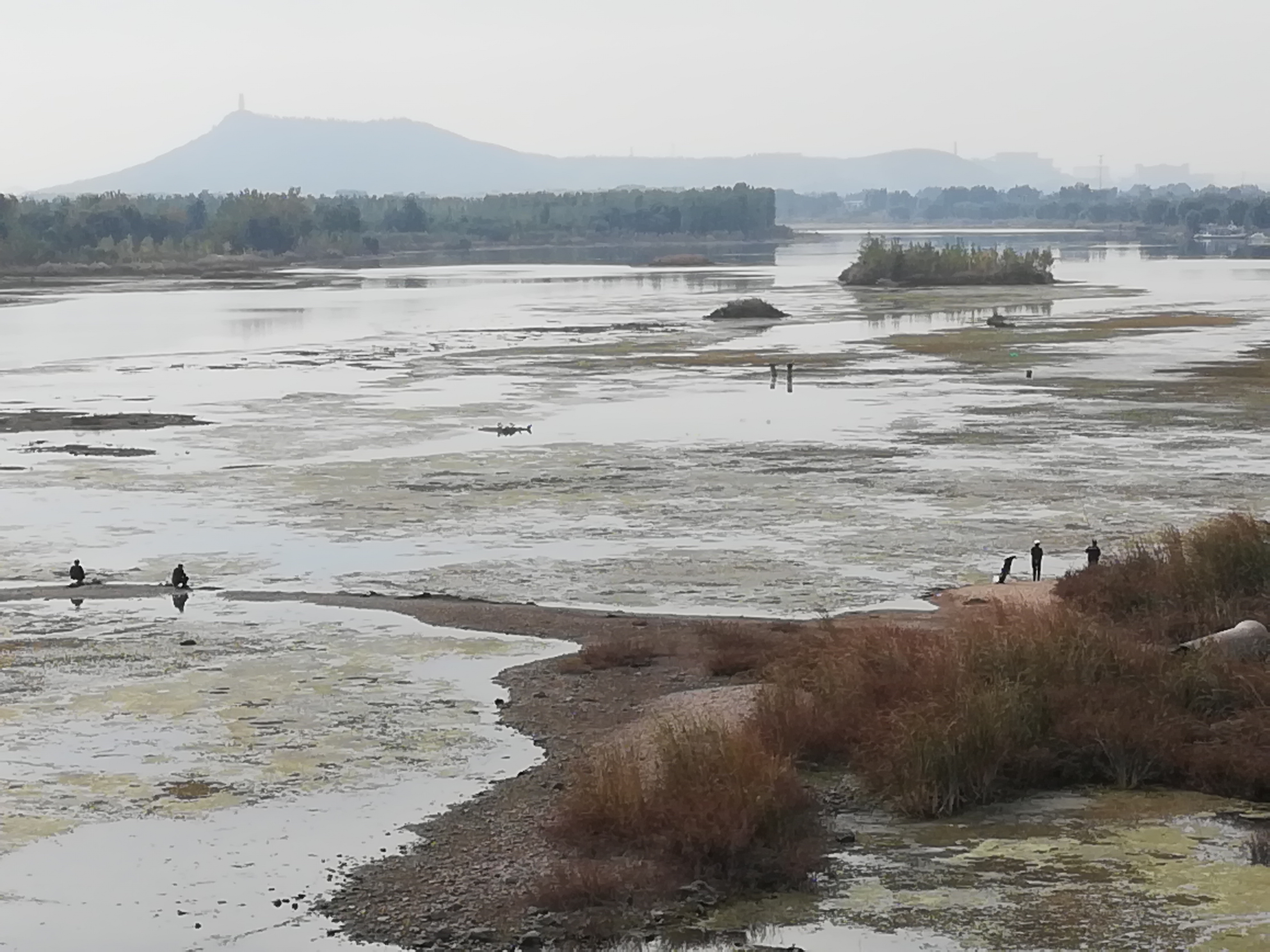Relevant publications
2021
“Luanhe Living Lab” Project Team. (2021). Research Brief: Lessons learnt from synergies and trade-offs between SDGs at the sub-national scale. https://luanhelivinglabhome.files.wordpress.com/2020/12/tase-research-brief-final.pdf
Xu, J., Renaud, F., & Barrett, B. (2021). Modelling land system evolution and dynamics of terrestrial carbon stocks in the Luanhe River Basin, China: a scenario analysis of trade-offs and synergies between sustainable development goals. Sustainability Science 2021, 1, 1–23. https://doi.org/10.1007/S11625-021-01004-Y
Zhao, J., Chen, H., Liang, Q., Xia, X., Xu, J., Hoey, T., Barrett, B., Renaud, F., Bosher, L., & Zhou, X. (2021). Large-scale flood risk assessment under different development strategies: the Luanhe River Basin in China. Sustainability Science. https://doi.org/10.1007/S11625-021-01034-6
Zhou, X., Moinuddin, M., Renaud, F., Barrett, B., Xu, J., Liang, Q., Zhao, J., Xia, X., Bosher, L., Huang, S., & Hoey, T. (2021). Development of an SDG interlinkages analysis model at the river basin scale: a case study in the Luanhe River Basin, China. Sustainability Science.
Xu, J., Barrett, B., & Renaud, F. (2021). Ecosystem services and disservices in the Luanhe River Basin in China under past, current and future land uses: implications for the Sustainable Development Goals. Sustainability Science.
“Luanhe Living Lab” Project Team. (2021). Policy Brief: Synergies and trade-offs between SDGs at the sub-national scale
Zhou, X., Moinuddin, M., & Li, Y. (2021). SDG Interlinkages anlaysis and visualisation tool (V4.0). Institute for Global Environmental Strategies (IGES). https://sdginterlinkages.iges.jp/visualisationtool.html
Zhou, X., & Moinuddin, M. (2021). Chapter 24 Impacts and implications of the COVID-19 crisis and its recovery for achieving Sustainable Development Goals in Asia: A review from an SDG interlinkage perspective. In A. Ramanathan, S. Chidambaram, M. P. Jonathan, M. V. Prasanna, P. Kumar, & F. M. Arriola (Eds.), Scenarios of Environmental Resilience and Transformation in Times of Climate Change: Effects and Lessons from the COVID-19. Elsevier. https://doi.org/10.1016/B978-0-323-85512-9.00018-8
Baffoe, G., Zhou, X., Moinuddin, M., Somanje, A. N., Kuriyama, A., Mohan, G., Saito, O., & Takeuchi, K. (2021). Urban–rural linkages: effective solutions for achieving sustainable development in Ghana from an SDG interlinkage perspective. Sustainability Science, 1, 3. https://doi.org/10.1007/s11625-021-00929-8
2020
Jiang, L., Hu, Y., Xia, X., Liang, Q., Soltoggio, A., & Kabir, S. R. (2020). A Multi-Scale Mapping Approach Based on a Deep Learning CNN Model for Reconstructing High-Resolution Urban DEMs. Water, 12(5), 1369. https://doi.org/10.3390/w12051369
Zhou, X., Moinuddin, M., Renaud, F., Barrett, B., Xu, J., Liang, Q., Zhao, J., Xia, X., Bosher, L., Huang, S., & Hoey, T. (2020) Interactive SDG Tool for River Basins. Presented by IGES at the 2020 United Nations High Level Political Forum Exhibition (online), July 7-16th., 2020. https://sustainabledevelopment.un.org/hlpf/2020#exhibit
Zhou, X. (2020). Prioritisation of SDGs in national development planning using IGES SDG Interlinkages Tool. Presentation at the UNDESA’s Webinar on Integrating the 2030 Agenda into National Plans and Strategies: Considering COVID-19 response and recovery, organised by UNDESA on 12 & 14 May 2020. https://sustainabledevelopment.un.org/index.php?page=view&type=13&nr=3284&menu=1634
Somanje, A. N., Mohan, G., Lopes, J., Mensah, A., Gordon, C., Zhou, X., Moinuddin, M., Saito, O., & Takeuchi, K. (2020). Challenges and Potential Solutions for Sustainable Urban-Rural Linkages in a Ghanaian Context. Sustainability, 12(2), 507. https://doi.org/10.3390/su12020507
2019
Drosou, N., Soetanto, R., Hermawan, F., Chmutina, K., Bosher, L., & Hatmoko, J. U. D. (2019). Key Factors Influencing Wider Adoption of Blue–Green Infrastructure in Developing Cities. Water, 11(6), 1234. https://doi.org/10.3390/w11061234
Xia, X., Liang, Q., & Ming, X. (2019). A full-scale fluvial flood modelling framework based on a high-performance integrated hydrodynamic modelling system (HiPIMS). Advances in Water Resources, 132, 103392. https://doi.org/10.1016/J.ADVWATRES.2019.103392
Zhou, X., Mitra, B. K., Sharma, D., Islam, G. M. T., Malla, R., & Herran, D. S. (2019). An integrated assessment of climate-affected long-term water availability and its impacts on energy security in the Ganges sub-basins. APN Science Bulletin, 9(1). https://doi.org/10.30852/sb.2019.612
2018
Szabo, S., Hossain, M. S., Renaud, F., Traore, D., Hussain, A., Matczak, P., Ahmad S., Singh D.R., Neumann B., & Matthews, Z. (2018). Accelerating Progress Toward the Zero Hunger Goal in Cross-Boundary Climate Change Hotspots. Environment: Science and Policy for Sustainable Development, 60(3), 18–27. https://doi.org/10.1080/00139157.2018.1449530
Xu, J., Morris, P. J., Liu, J., & Holden, J. (2018). Hotspots of peatland-derived potable water use identified by global analysis. Nature Sustainability, 1(5), 246–253. https://doi.org/10.1038/s41893-018-0064-6
Whelchel, A. W., Renaud, F. G., & Sudmeier-Rieux, K. (2018). Advancing ecosystems and disaster risk reduction in policy, planning, implementation, and management. International Journal of Disaster Risk Reduction, 32, 1–3. https://doi.org/10.1016/J.IJDRR.2018.08.008
Zhou, X., Feng, T., & Xu, M. (2018). Determination of Strategic Targets and Core Indicators for Sustainable Development Goals (SDGs) Integration in China Based on SDG Interlinkages Analysis and Statistical Method. Bulletin of Chinese Academy of Sciences, 33(1), 20–29. http://dx.doi.org/10.16418/j.issn.1000-3045.2018.01.003
2017
Ali, I., Barrett, B., Cawkwell, F., Green, S., Dwyer, E., & Neumann, M. (2017). Application of Repeat-Pass TerraSAR-X Staring Spotlight Interferometric Coherence to Monitor Pasture Biophysical Parameters: Limitations and Sensitivity Analysis. IEEE Journal of Selected Topics in Applied Earth Observations and Remote Sensing, 10(7), 3225–3231. https://doi.org/10.1109/JSTARS.2017.2679761
Green, D., Yu, D., Pattison, I., Wilby, R., Bosher, L., Patel, R., Thompson, P. Trowell, K. Draycon, J. Halse, M. Yang, L., & Ryley, T. (2017). City-scale accessibility of emergency responders operating during flood events. Natural Hazards and Earth System Sciences, 17(1), 1–16. https://doi.org/10.5194/nhess-17-1-2017
Sebesvari, Z., Rodrigues, S., & Renaud, F.G. (2017). Mainstreaming ecosystem-based climate change adaptation into integrated water resources management in the Mekong region. Regional Environmental Change, 17(7), 1907–1920. https://doi.org/10.1007/s10113-017-1161-1
Zhou, X., & Moinuddin, M. (2017). Sustainable Development Goals Interlinkages and Network Analysis: A practical tool for SDG integration and policy coherence. Hayama: Institute for Global Environmental Strategies (IGES).
2016
Barrett, B., Raab, C., Cawkwell, F., & Green, S. (2016). Upland vegetation mapping using Random Forests with optical and radar satellite data. Remote Sensing in Ecology and Conservation, 2(4), 212–231. https://doi.org/10.1002/rse2.32
Chmutina, K., Lizarralde, G., Dainty, A., & Bosher, L. (2016). Unpacking resilience policy discourse. Cities, 58, 70–79. https://doi.org/10.1016/J.CITIES.2016.05.017
Renaud, F. G., Szabo, S., & Matthews, Z. (2016). Sustainable deltas: livelihoods, ecosystem services, and policy implications. Sustainability Science, 11(4), 519–523. https://doi.org/10.1007/s11625-016-0380-6
Renaud, F. G. , Sudmeier-Rieux, K., Estrella, M. & Nehren, U. (2016) Ecosystem-Based Disaster Risk Reduction and Adaptation in Practice. Series: Advances in natural and technological hazards research. Springer: Cham. ISBN 9783319436319
Szabo, S., Nicholls, R. J., Neumann, B., Renaud, F. G., Matthews, Z., Sebesvari, Z., AghaKouchak A., Bales R., Ruktanonchai W.C., Kloos J., Foufoula-Georgiou E., Wester P., New M., Rhyner J., & Hutton, C. (2016). Making SDGs Work for Climate Change Hotspots. Environment: Science and Policy for Sustainable Development, 58(6), 24–33. https://doi.org/10.1080/00139157.2016.1209016
2015
Lizarralde, G., Chmutina, K., Bosher, L., & Dainty, A. (2015). Sustainability and resilience in the built environment: The challenges of establishing a turquoise agenda in the UK. Sustainable Cities and Society, 15, 96–104. https://doi.org/10.1016/J.SCS.2014.12.004
Nitze, I., Barrett, B., & Cawkwell, F. (2015). Temporal optimisation of image acquisition for land cover classification with Random Forest and MODIS time-series. International Journal of Applied Earth Observation and Geoinformation, 34, 136–146. https://doi.org/10.1016/J.JAG.2014.08.001
Szabo, S., Renaud, F. G., Hossain, M. S., Sebesvári, Z., Matthews, Z., Foufoula-Georgiou, E., & Nicholls, R. J. (2015). Sustainable Development Goals Offer New Opportunities for Tropical Delta Regions. Environment: Science and Policy for Sustainable Development, 57(4), 16–23. https://doi.org/10.1080/00139157.2015.1048142
Xu, J. , Dong, J., Wu, L., Shao, G. and Yang, H. (2015) Land Use/Cover Change and its Impact on Net Primary Productivity in Huangfuchuan Watershed Temperate Grassland, China. In: 2nd International Conference on Geo-Informatics in Resource Management and Sustainable Ecosystem (GRMSE 2014), Ypsilanti, MI, USA, 03-05 Oct 2014, pp. 664-683. ISBN 9783662457368. http://dx.doi.org/10.1007/978-3-662-45737-5_65
News/events on the Luanhe Living Lab Project
Sustainability Science Special Feature
Synergies and trade‑offs between sustainable development goals and targets: innovative approaches and new perspectives
Fabrice Renaud1,* ・ Xin Zhou3 ・ Lee Bosher4 ・ Brian Barrett2 ・ Suiliang Huang5
1 University of Glasgow, Dumfries, UK
2 University of Glasgow, Glasgow, UK
3 Institute for Global Environmental Strategies, Hayama, Japan
4 Loughbourough University, Loughbourough, UK
5 Nankai University, Tianjin, China
*Correspondence author
Introduction
The sustainable development goals (SDGs) adopted by the United Nations on 25 September 2015 are currently driving most development policies globally. With 17 goals, 169 targets, and 232 indicators to monitor and track progress, countries may lose sight of the synergies and trade-offs between goals and between targets, a fact that has been acknowledged from the beginning. To address this concern, approaches are being developed to identify and quantify these synergies and trade-offs. Most of these approaches address the national scale, as it is at this level that the SDGs are to be reported, but synergies and trade-offs are also relevant at the global and sub-national scales where, arguably, less research is underway.
Understanding the synergies and trade-offs between goals and targets is extremely important to (1) minimize trade-offs and maximize synergies, (2) avoid wasting resources, and (3) ensure equitable partnerships and ultimately, equitable development internationally, at the national scale and within countries. Research in this field is rapidly increasing and this is an opportune time to take stock of recent advances.
Scope of this special feature
The proposed special feature will give an opportunity to assess recent progress made in understanding synergies and trade-offs between goals and between targets. The special feature aims to include:
- new theoretical and conceptual frameworks stemming from different disciplinary and geographic perspectives;
- recent/emerging debates about the synergies and trade-offs between the SDGs (e.g. how sustainability is related or not to the resilience and disaster risk reduction agendas);
- new comprehensive approaches and tools that allow for an analysis of synergies and trade-offs;
- stakeholder and community engagement for raising awareness;
- case studies of synergies and trade-off analysis and applications.
Understanding SDG Synergies and Trade-offs for Sustainable, Resilient and Inclusive Development
IGES International Forum for Sustainable Asia and the Pacific (ISAP) 2020
Thematic Track Session 4, 10 November 2020, PACIFICO Yokohama, Japan
Understanding the synergies and trade-offs between the Sustainable Development Goals (SDGs) is important to ensure policy coherence across sectors and to balance the three dimensions of sustainable development. The COVID-19 pandemic and the evolving global crisis has affected the livelihoods and daily lives of billions of people around the world jeopardising decades of progress in many social and economic areas. There are now urgent calls for a transformative change for building a more sustainable, resilient and inclusive society. The SDGs remain more relevant than they were before COVID-19 in guiding the development towards long-term resilience and sustainability. It is even more important than ever to understand the synergies and trade-offs between SDGs to support the required transformative change. But how do synergies and trade-offs operate and impact on achieving SDGs in 2030? How can existing frameworks, models and tools for the analysis of synergies and trade-offs be improved by incorporating the knowledge from the COVID-19 crisis? How can we use the knowledge and analysis of synergies and trade-offs to support practical policymaking?
The session addressed these three questions. Experts from Europe and Asia provided their knowledge and insights on these issues, and more importantly, they provided solutions or make suggestions to utilise the knowledge of synergies and trade-offs between SDGs to support the desired transformative change towards the world we aspire to.
| Location: Online | Language: English/Japanese |
Go to the ISAP Thematic Session page
Field Visit
Project partners from the University of Glasgow (UK), Loughborough University (UK), Nankai University (China), and the Institute of Global Environmental Strategies (Japan) undertook 10 days of field work in northern Hebei province and Inner Mongolia, China in October, 2019. The project team travelled over 1800 km and were accompanied by a local governmental expert on the Luanhe river basin.
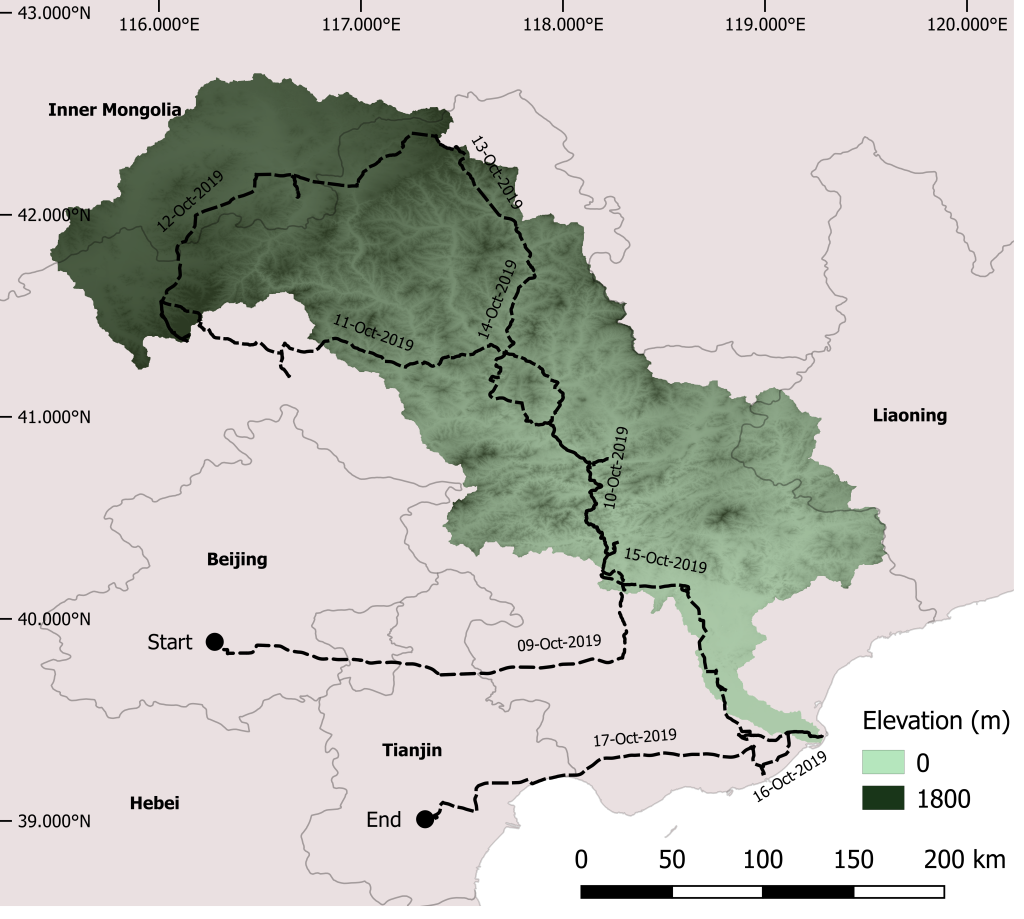
The route taken by the project team, starting in Beijing, travelling in across the midstream, upstream and downstream of the Luanhe river basin, and finishing in Tianjin.
Source: Luanhe Living Lab (https://luanhelivinglab.home.blog/)
The local expert describing the Luanhe River Basin, Pan Jiakou Reservoir
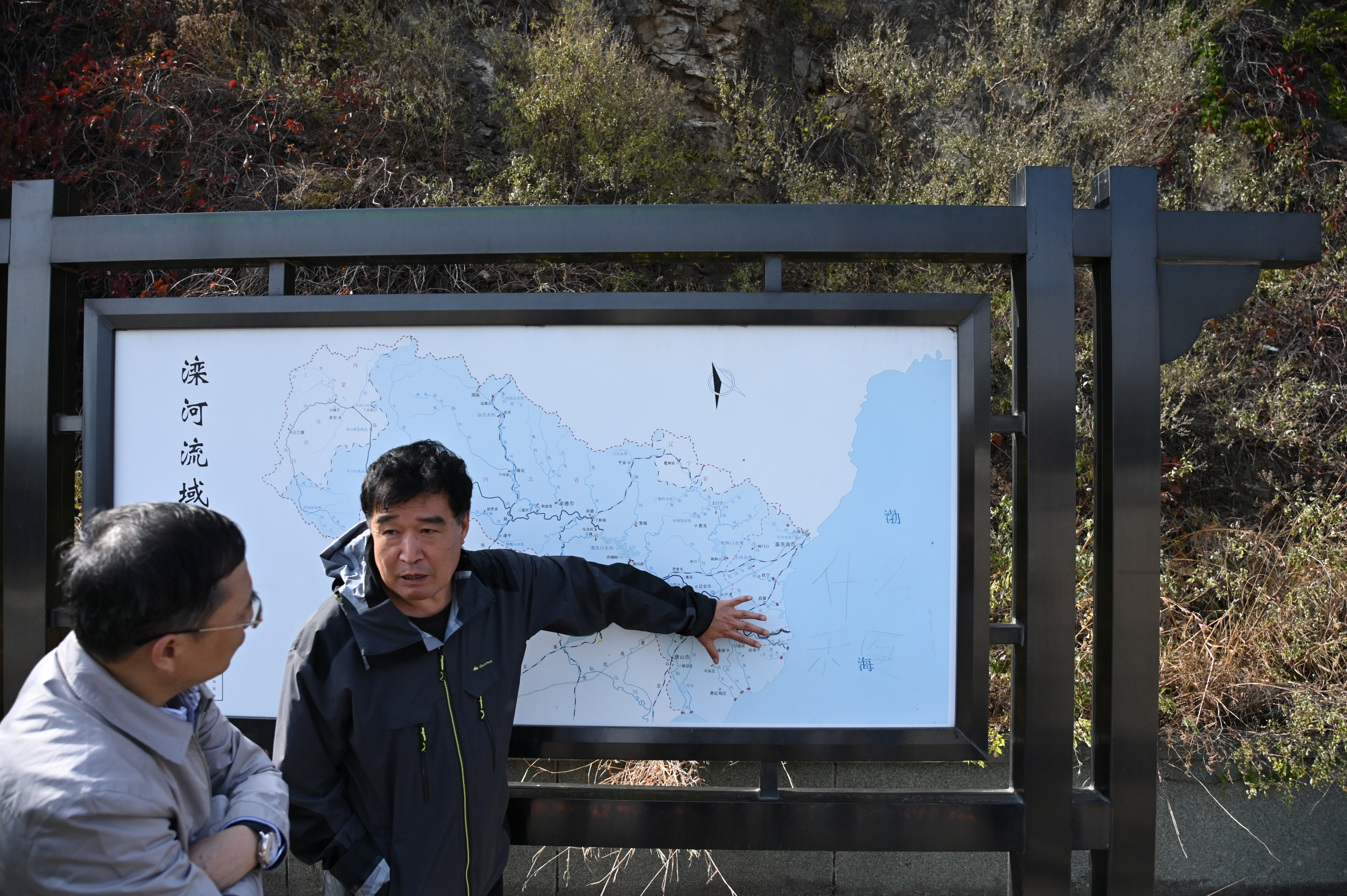
The ancient Great Wall section in Pan Jiakou Reservoir
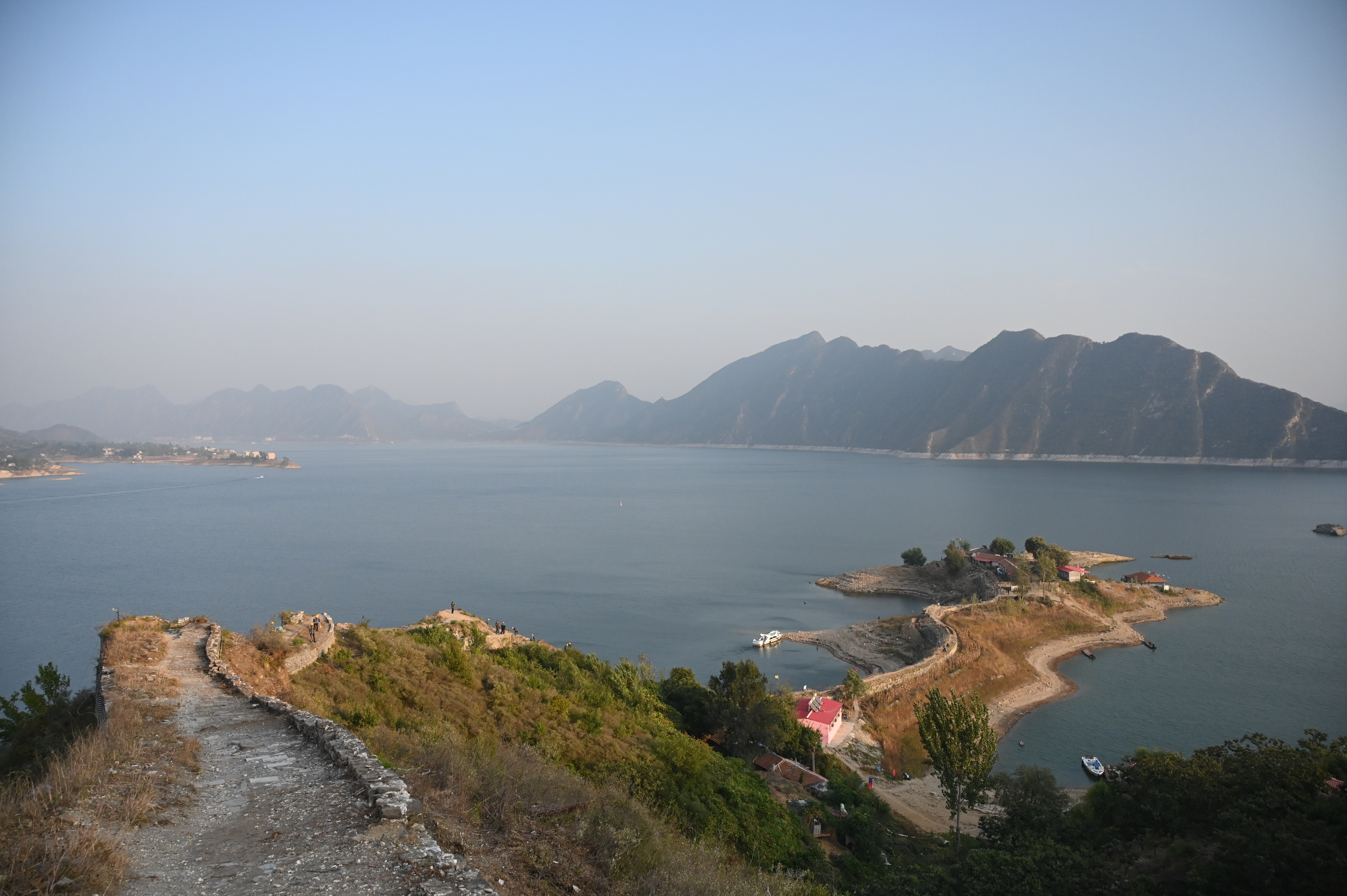
Source of the Luanhe River
Junction gate for transferring water from the Luanhe River, Da Heiting Reservoir
Hydro-power generation with a total installed capacity of 21MW, Da Heiting Water Conservancy Project
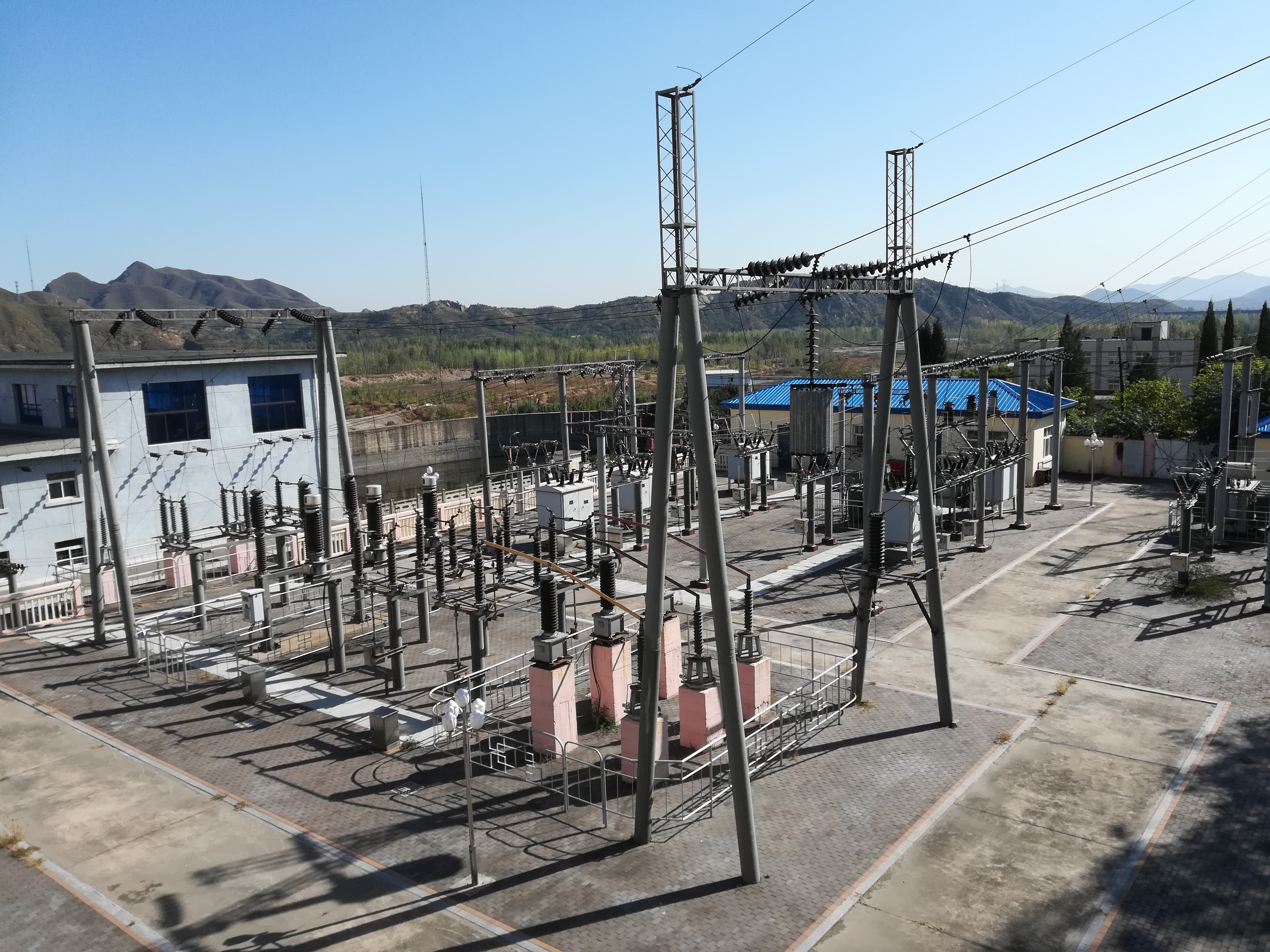
Estuary of the Luanhe River in Laoting
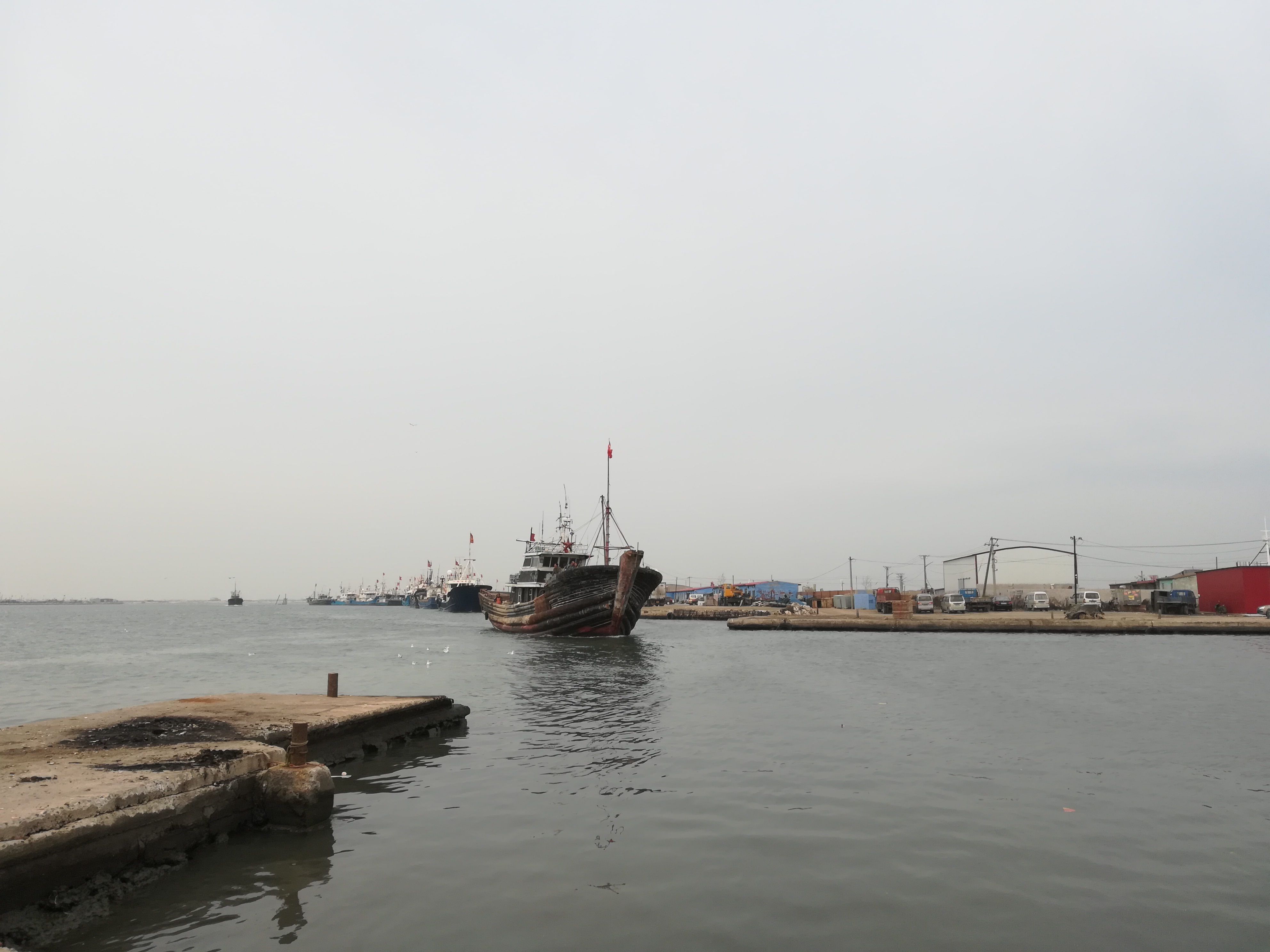
Wetland in the upstream, Bashang, Fengning Autonomous County
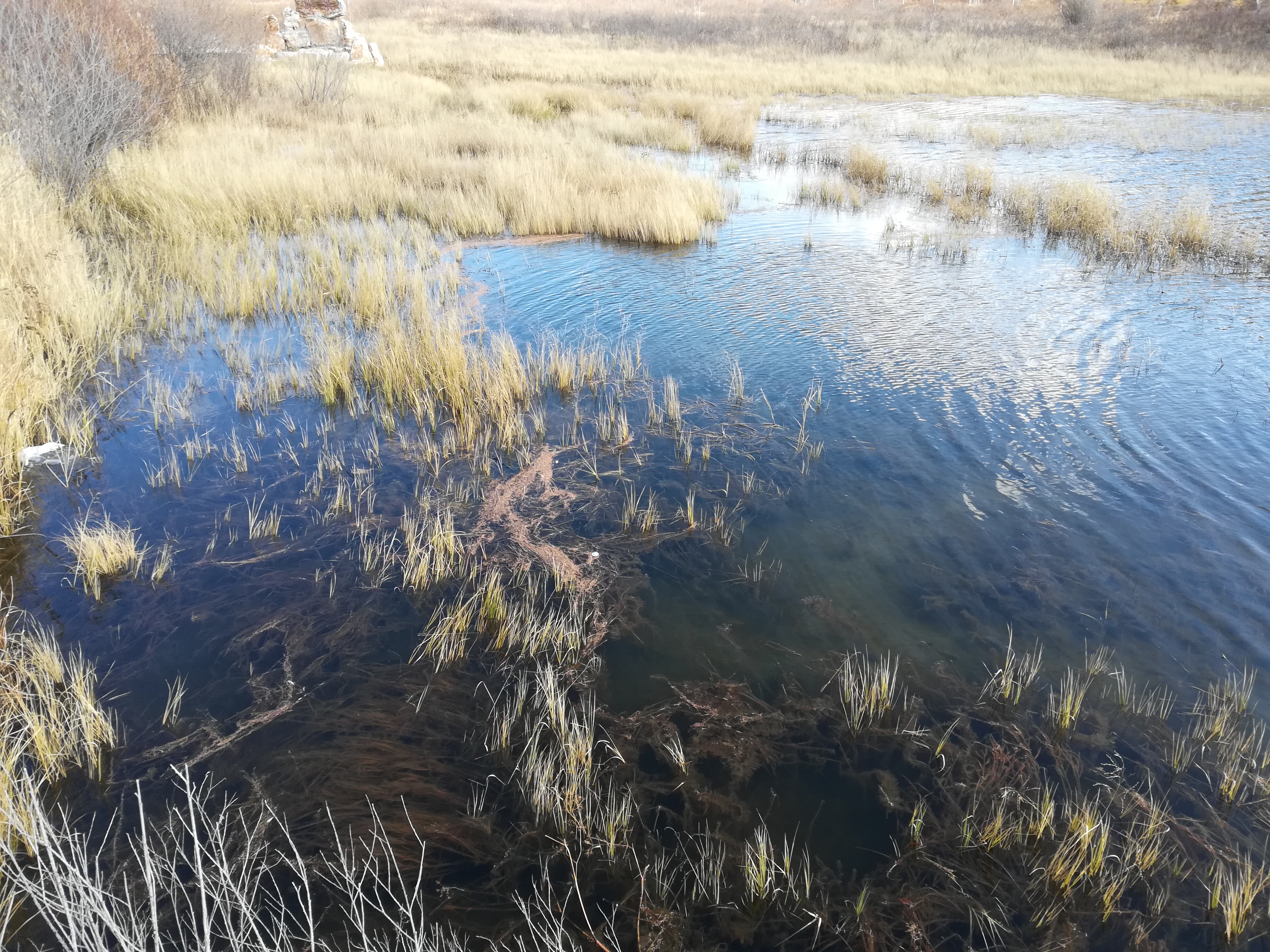
Water conservation through afforestation, Fengning Autonomous County
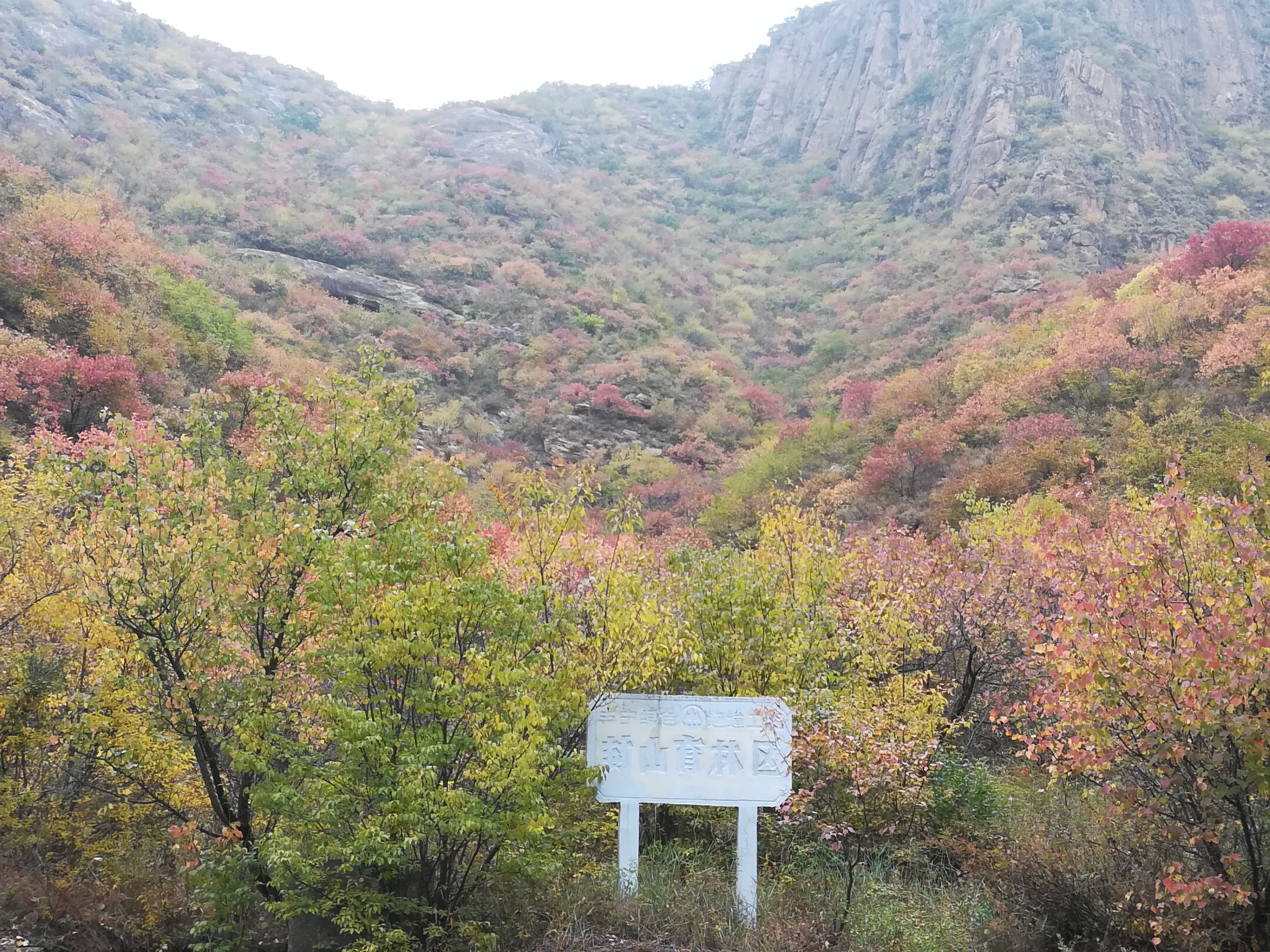
Water from the Luanhe River for irrigation, Taiping Village, Longhua County
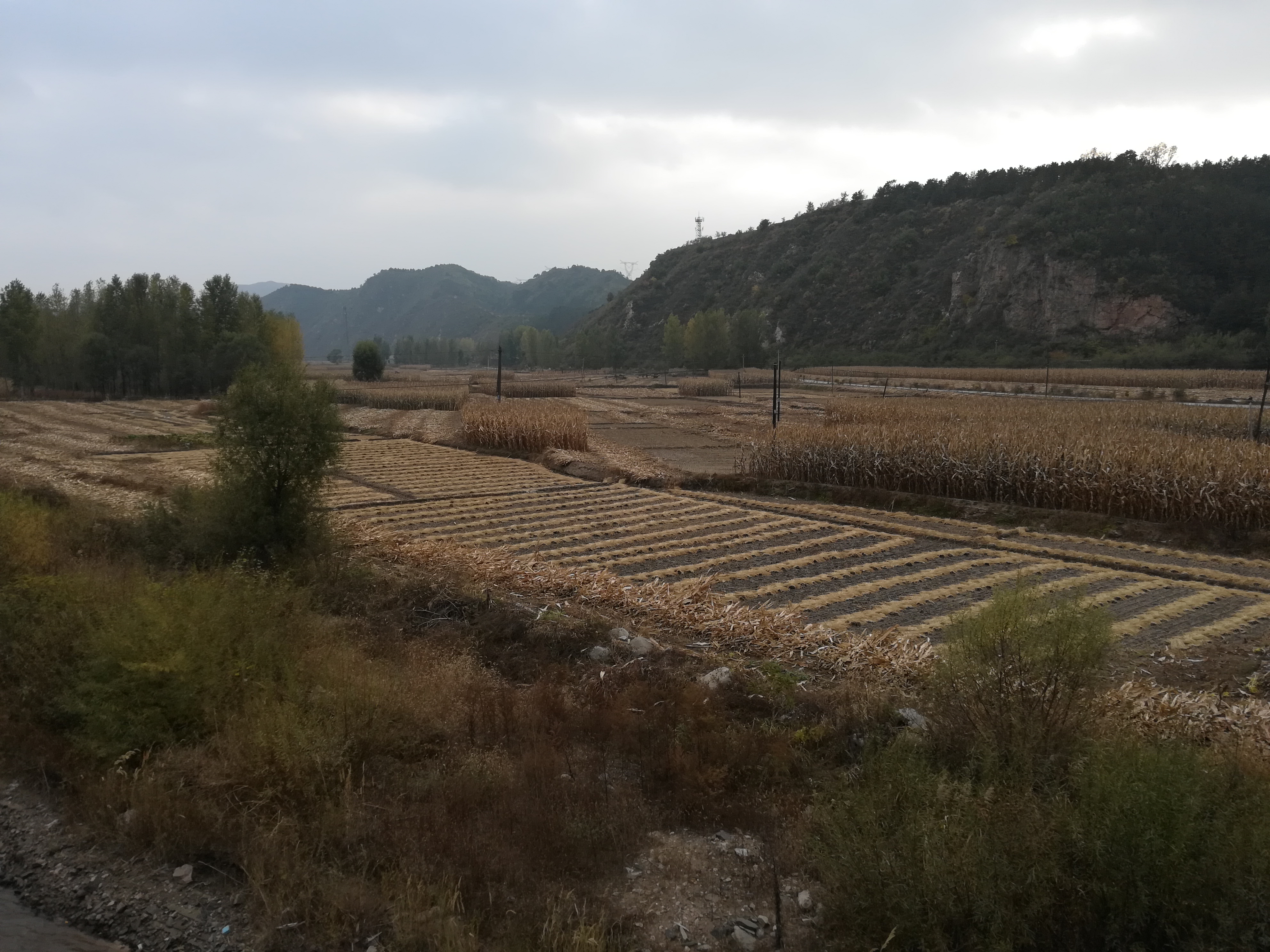
Eco-tourism in the resort area of the Litter Luanhe River, Weichang County
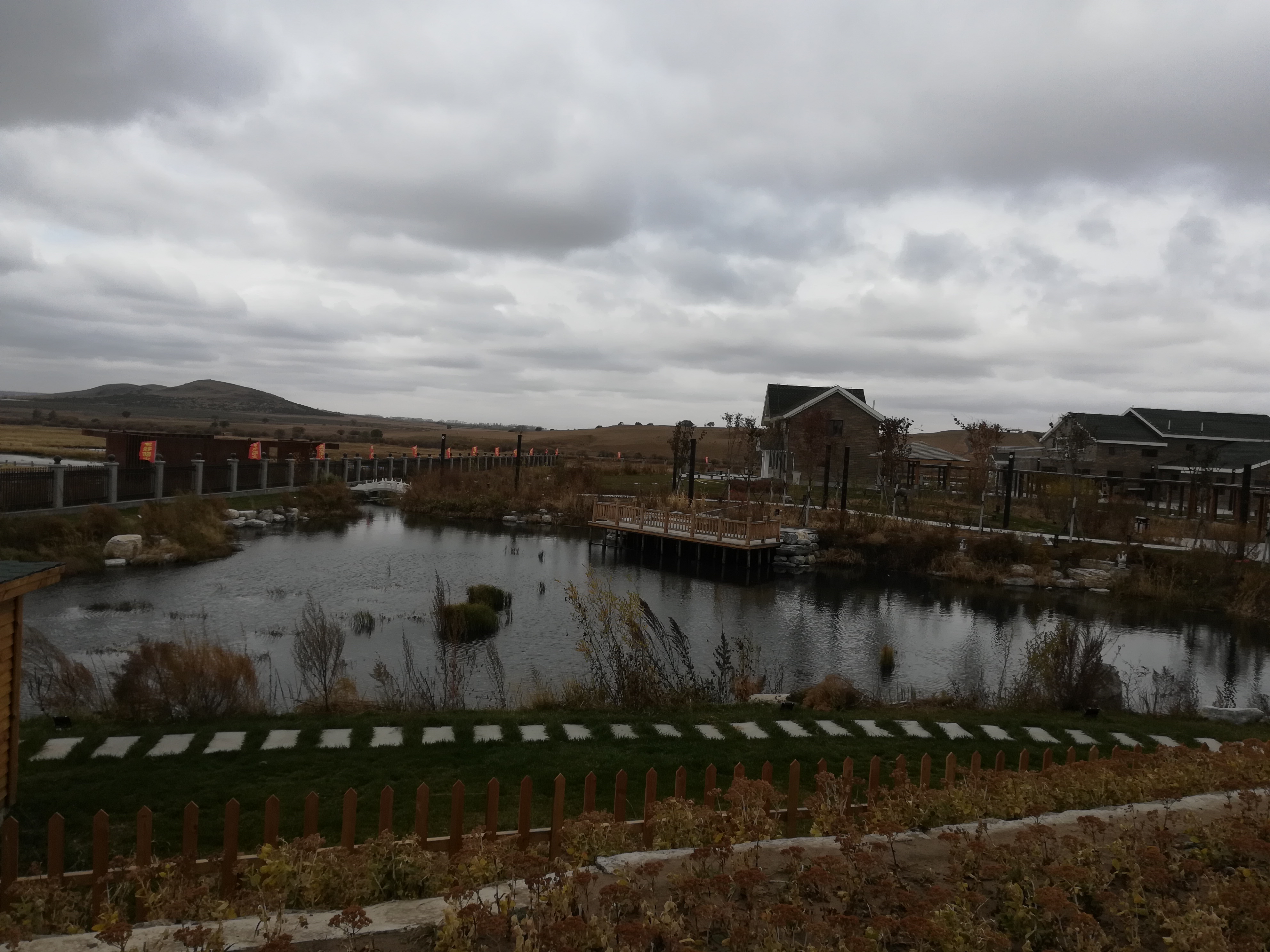
Huangtai Lake Park, an artificial water conservancy area in Qianan City
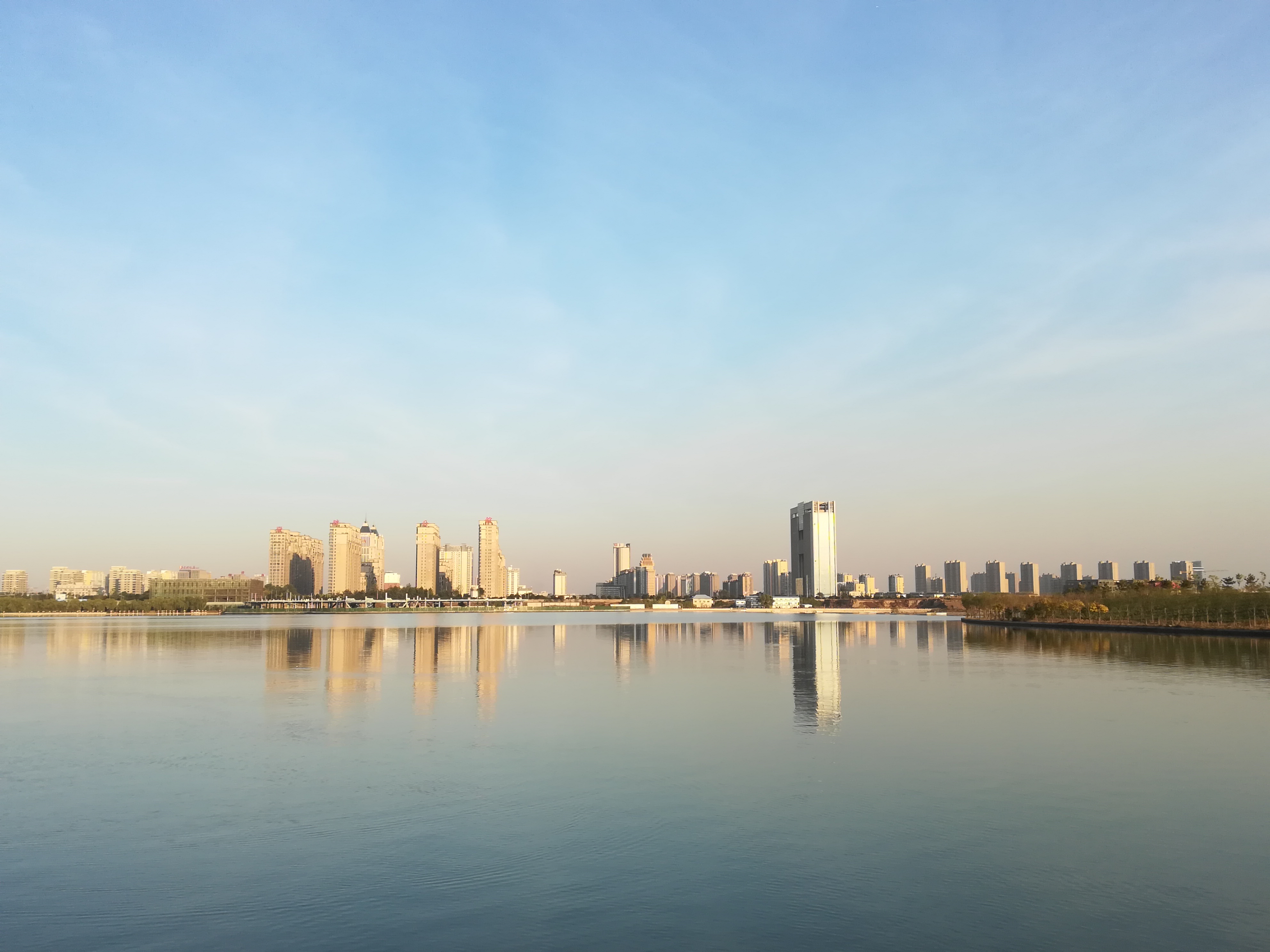
The Green Gallery Project along the Luanhe River section in Luanzhou City
